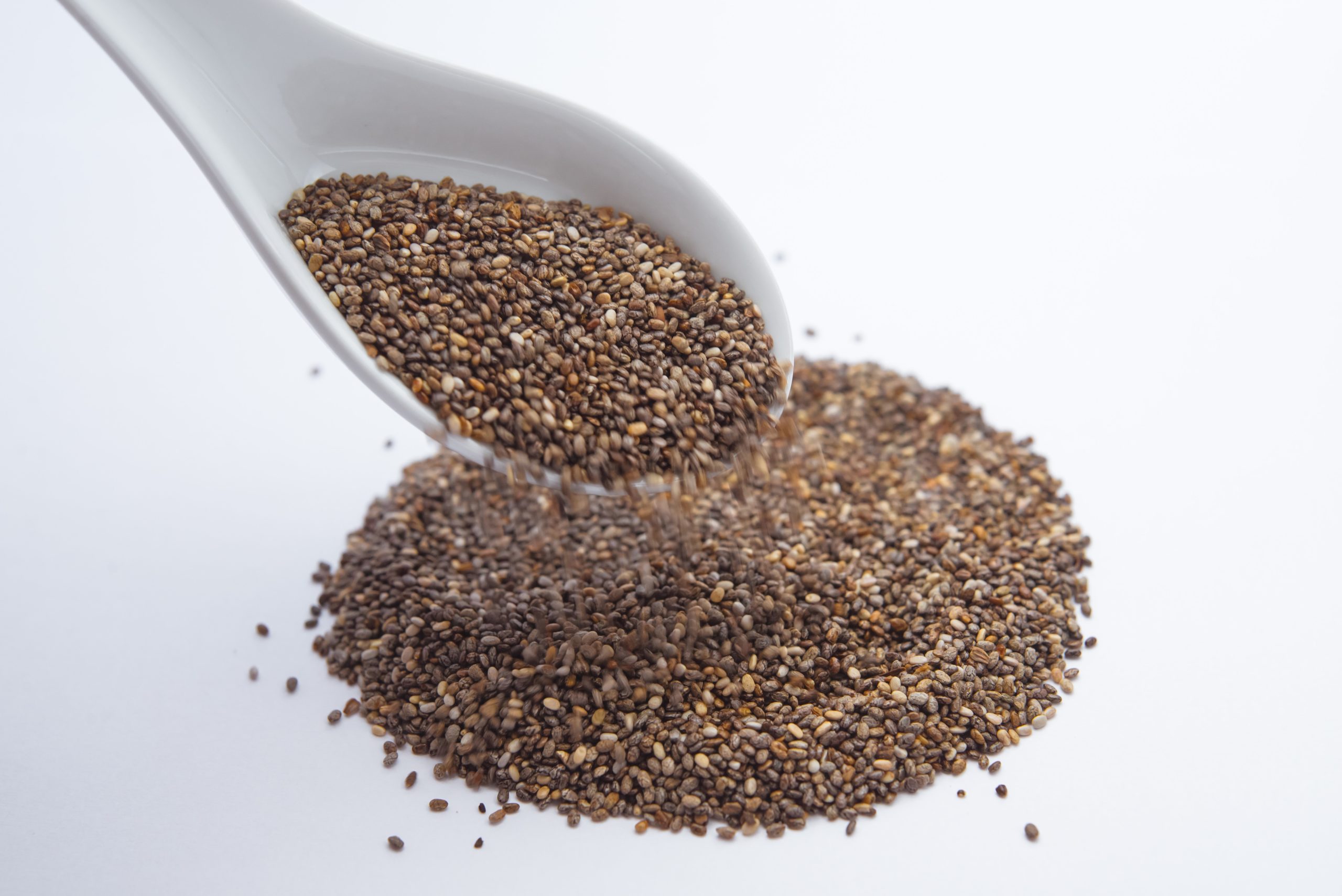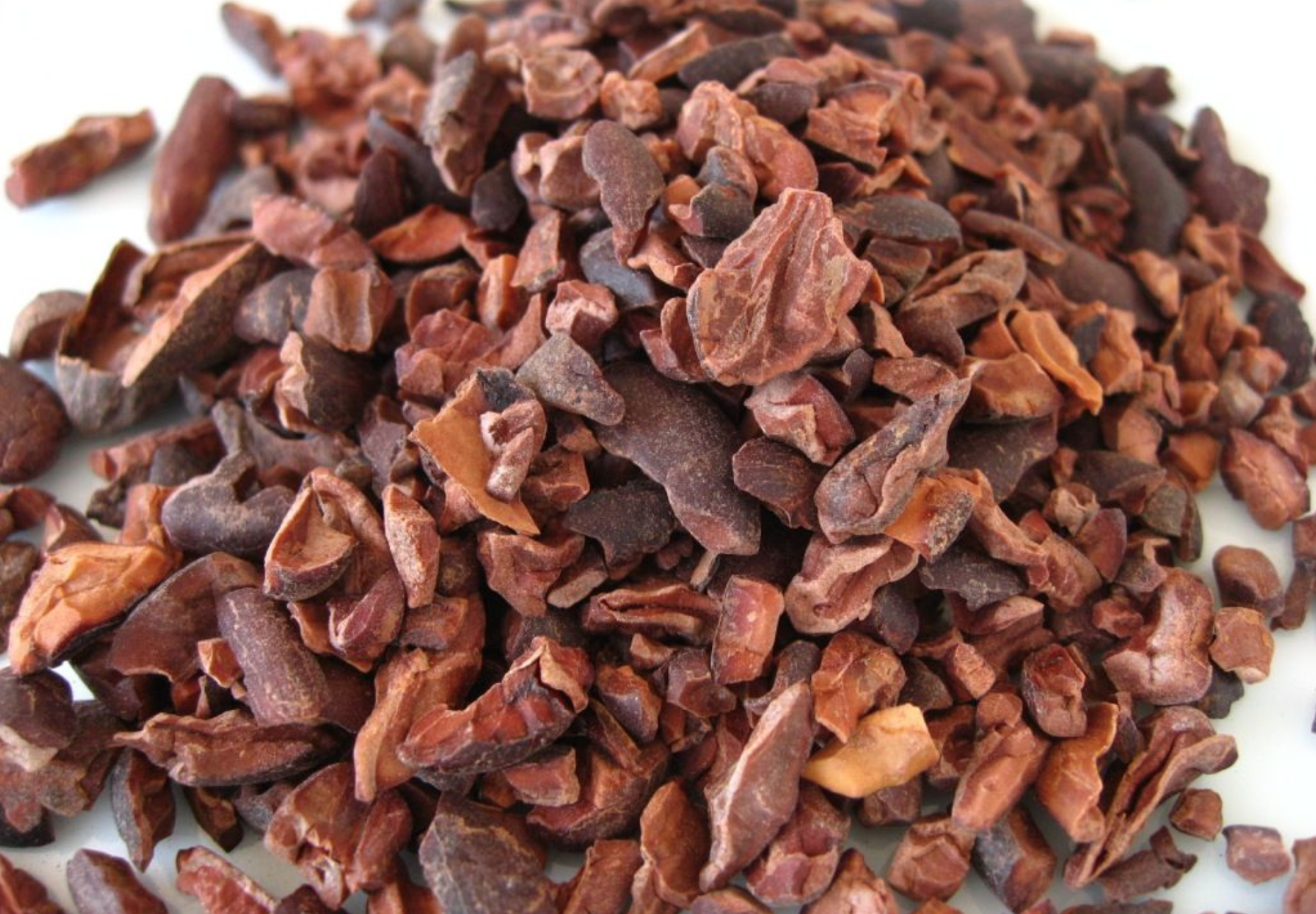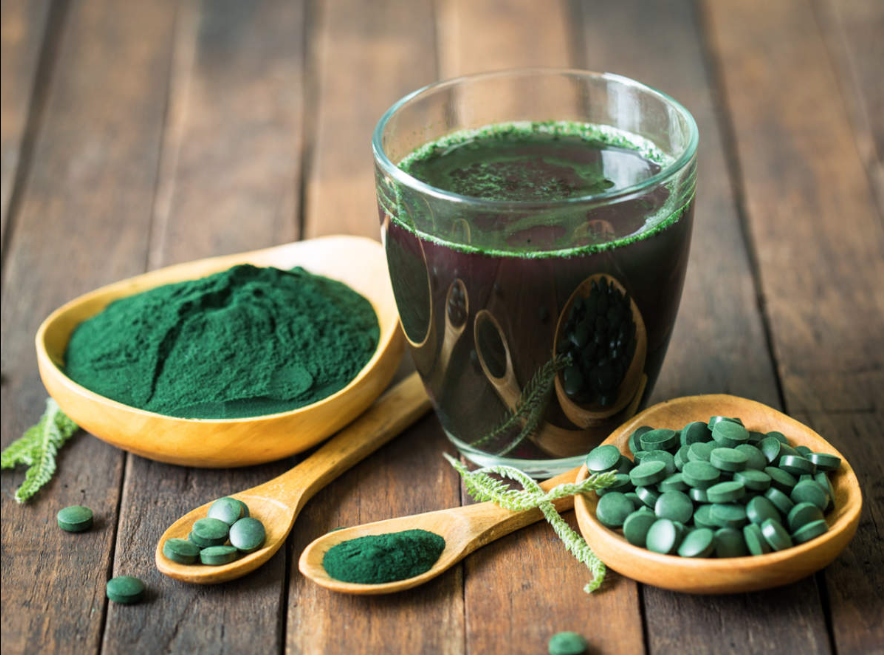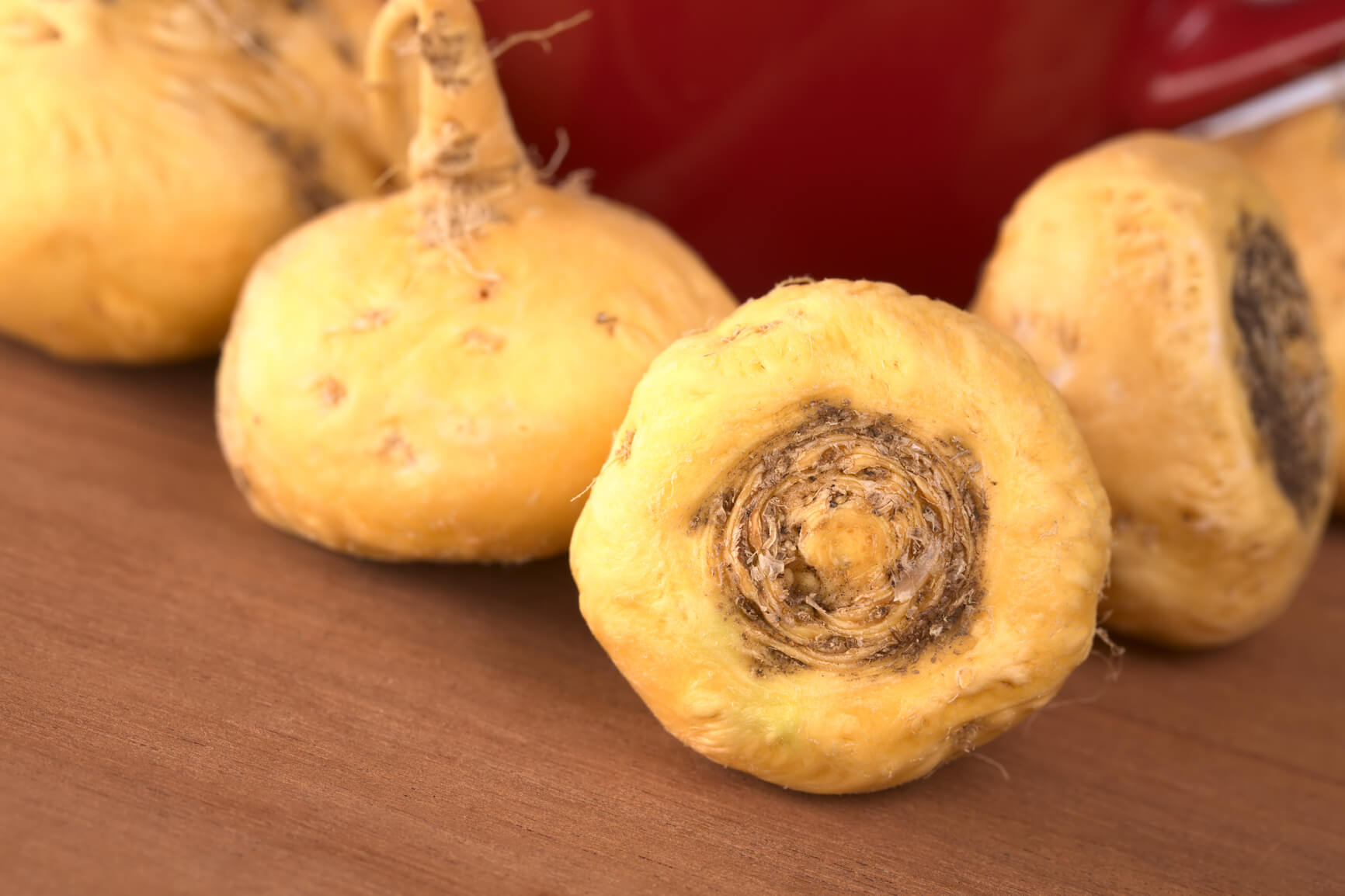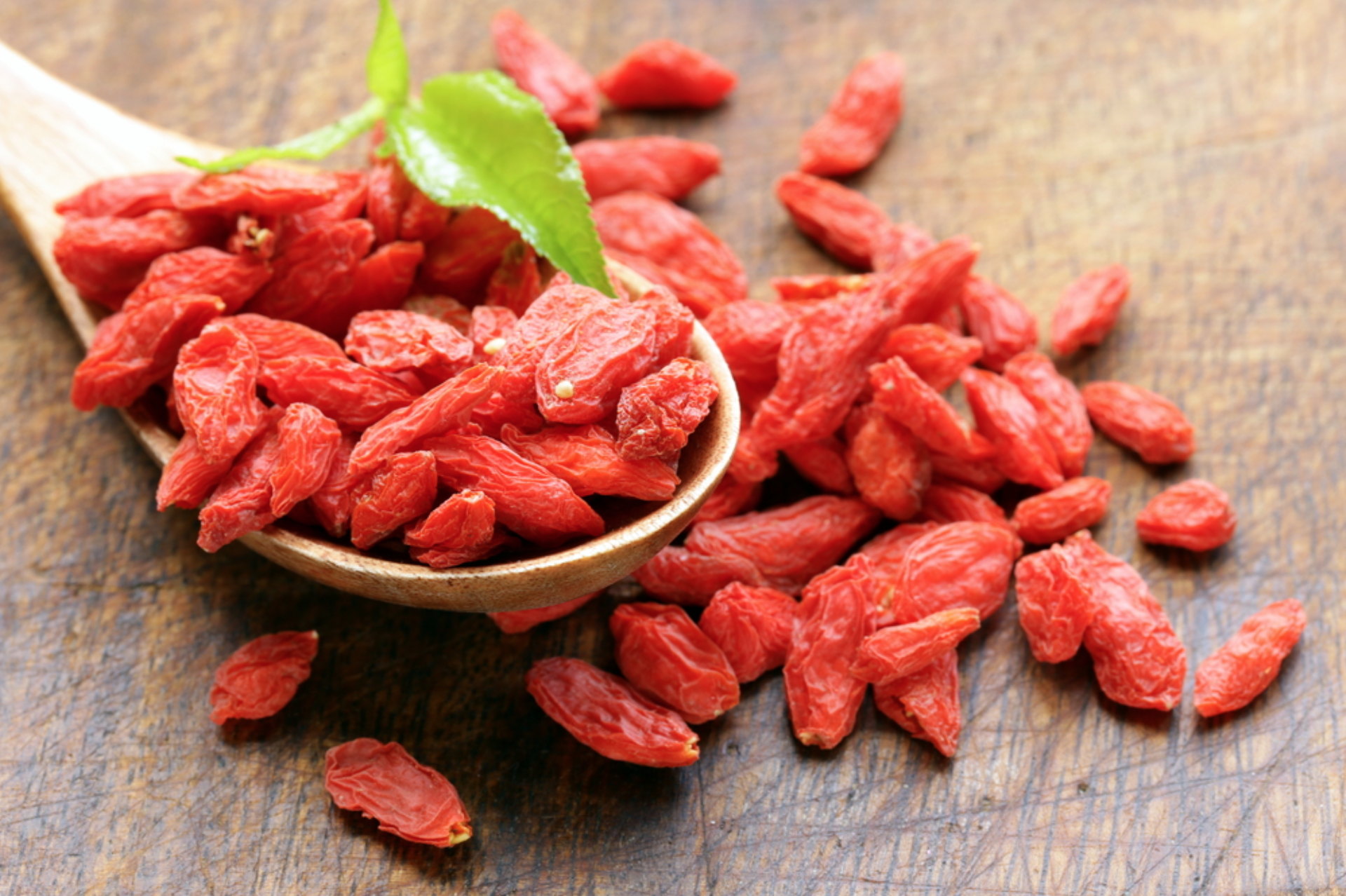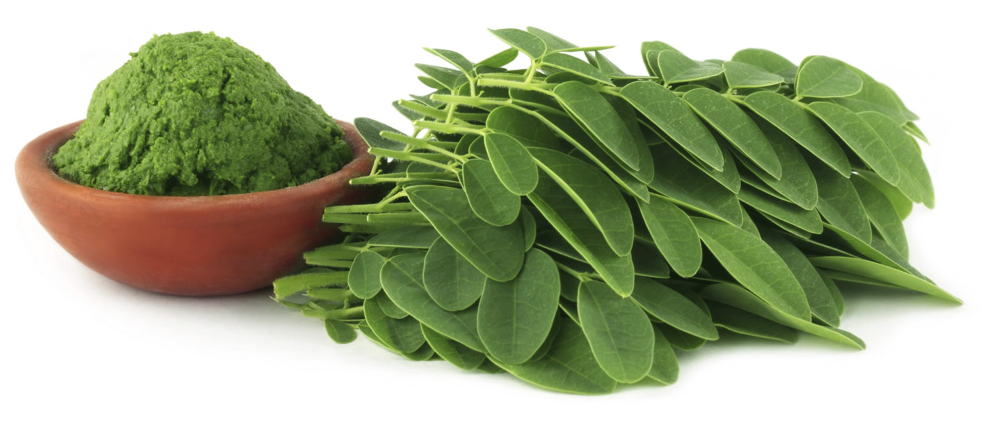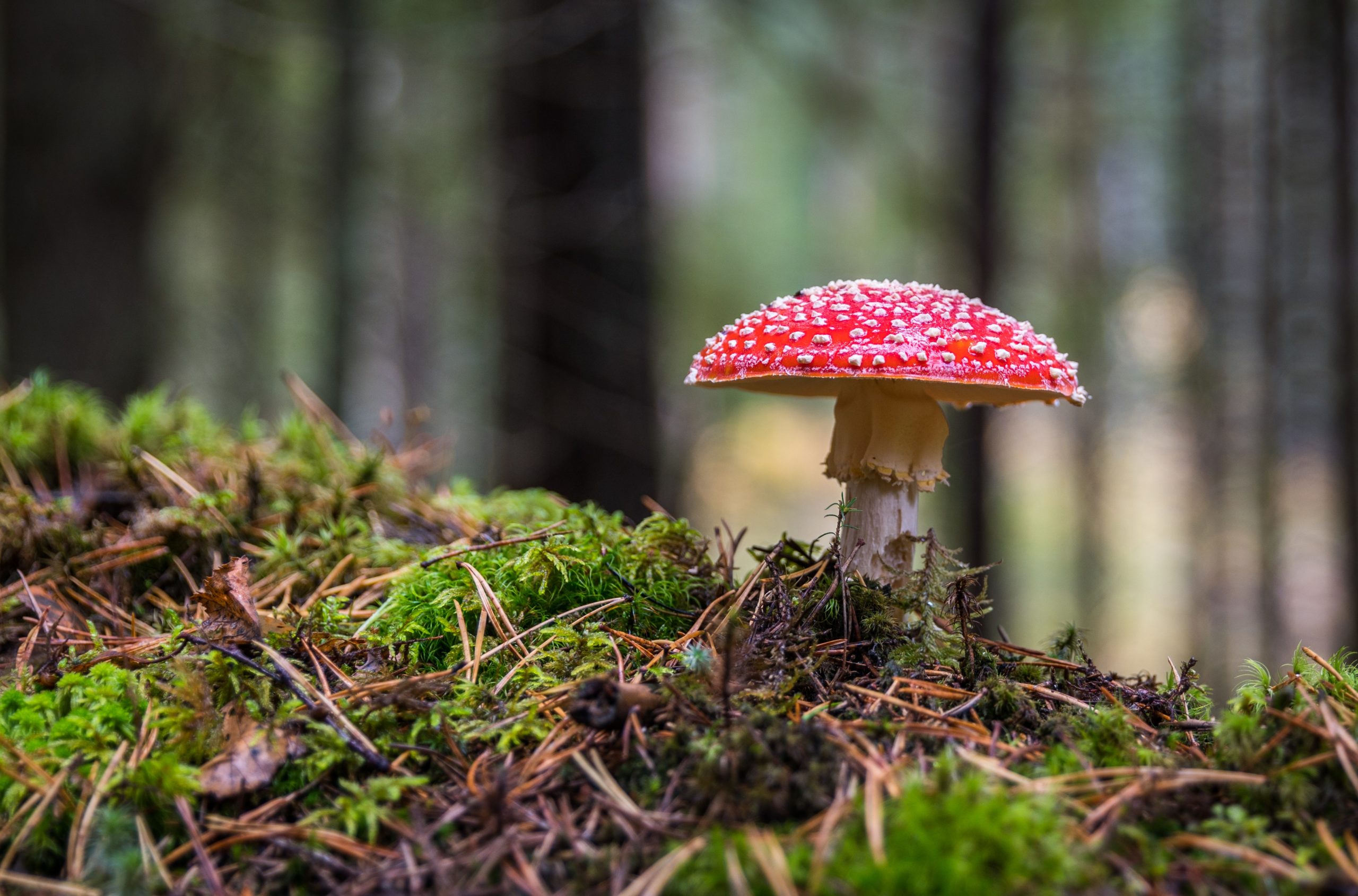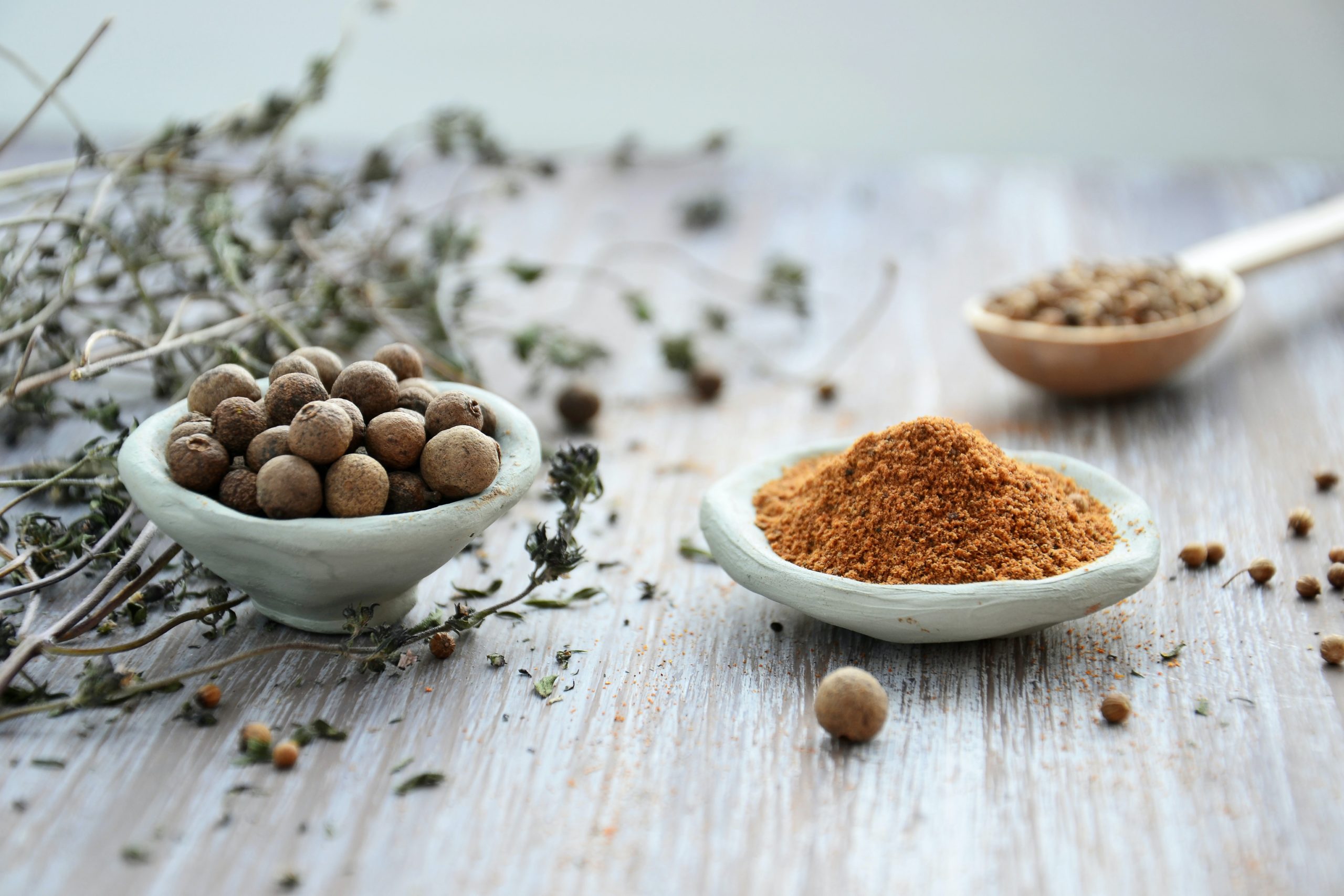STRAWBERRIES: HAVE A HEALTHY HEART WITH ITS’ POTASSIUM-RICH GOODNESS
WHAT IS THE HISTORY OF STRAWBERRIES? The history of strawberries can be traced back to ancient times, with the fruit being depicted in art and literature as early as the Greek and Roman civilizations. However, the first garden strawberry (Fragaria x ananassa) was not developed until the 18th century. The garden strawberry is a hybrid between two wild strawberry species, Fragaria virginiana and Fragaria chiloensis, which were originally found in North and South America, respectively. The first recorded crossing of these two species was made by French botanist Antoine Nicolas Duchesne in 1764, and the resulting fruit was larger and sweeter than its wild counterparts. However, it was not until the early 19th century that strawberries became popular as a commercial crop. In the United States, the first successful strawberry crop was grown in the 1830s in the state of Massachusetts, and by
Read More


